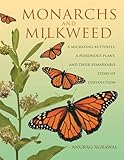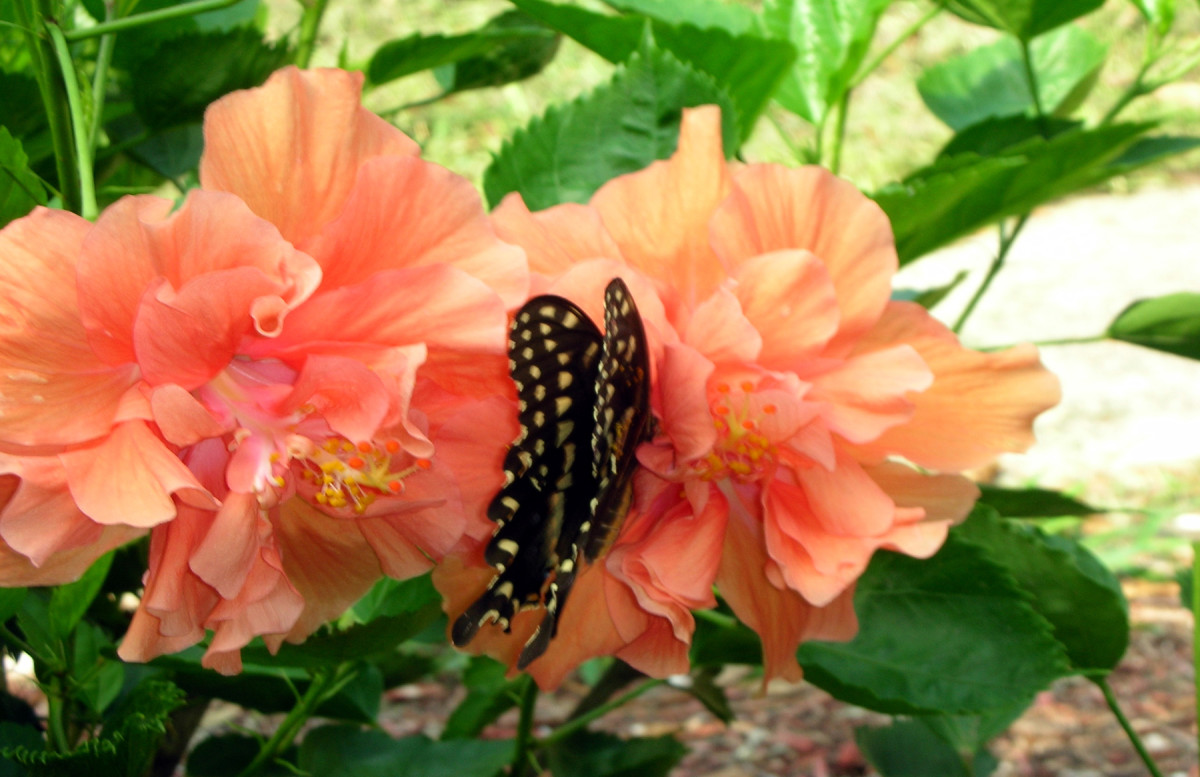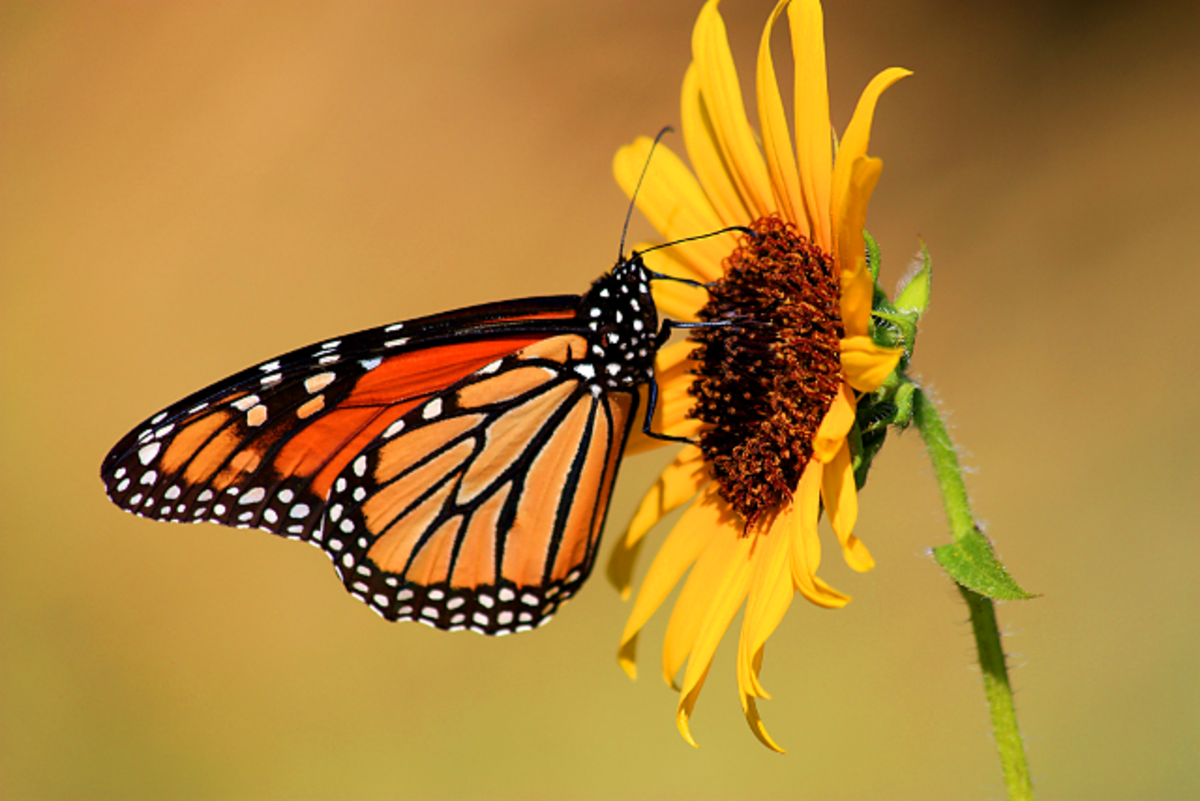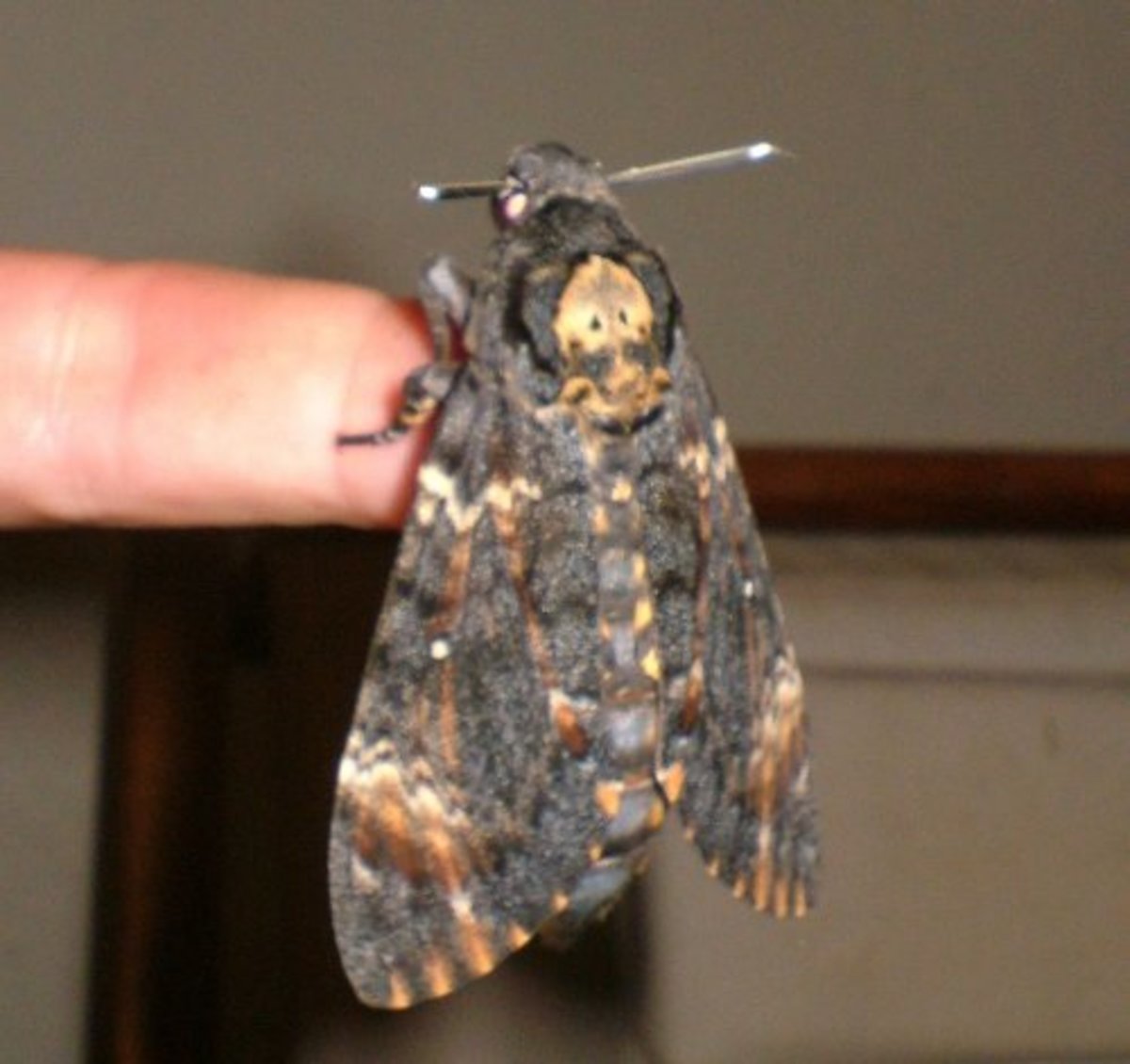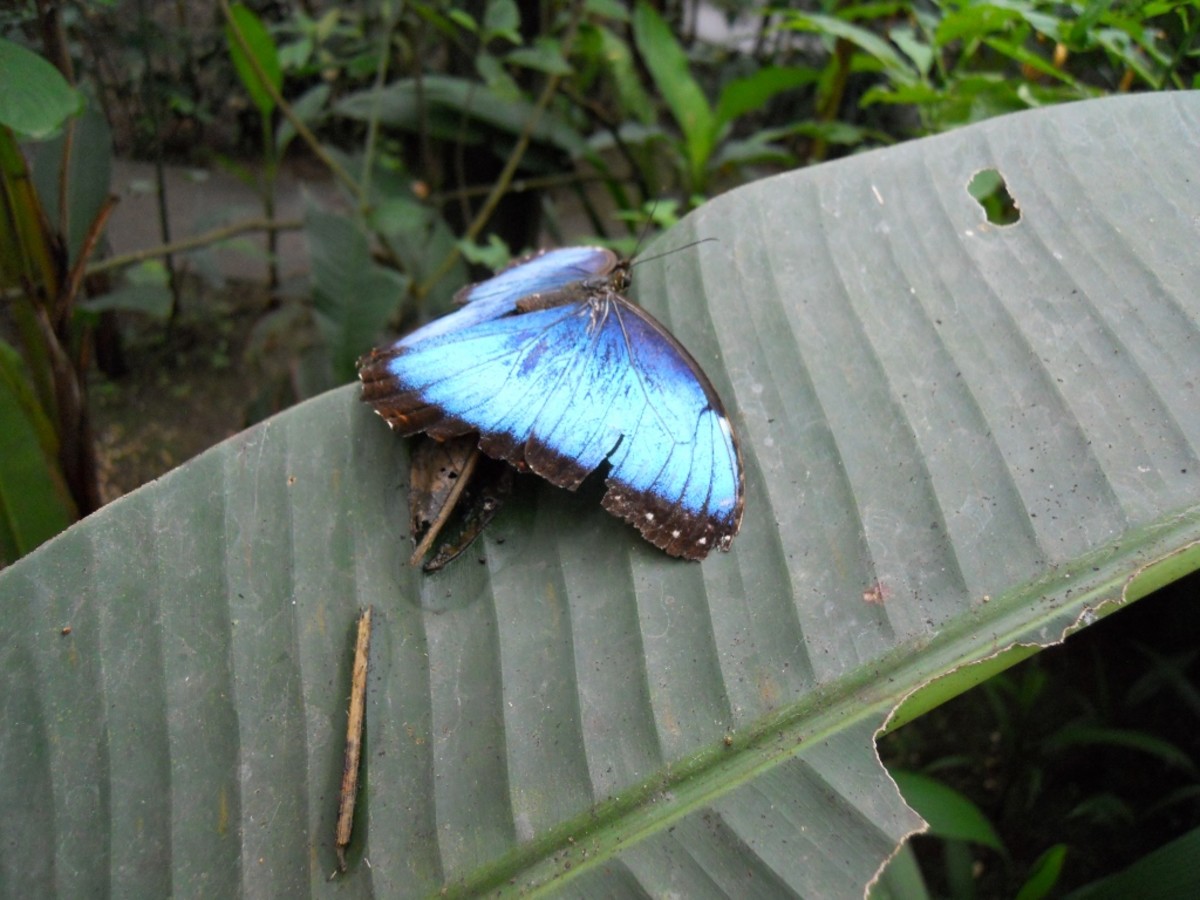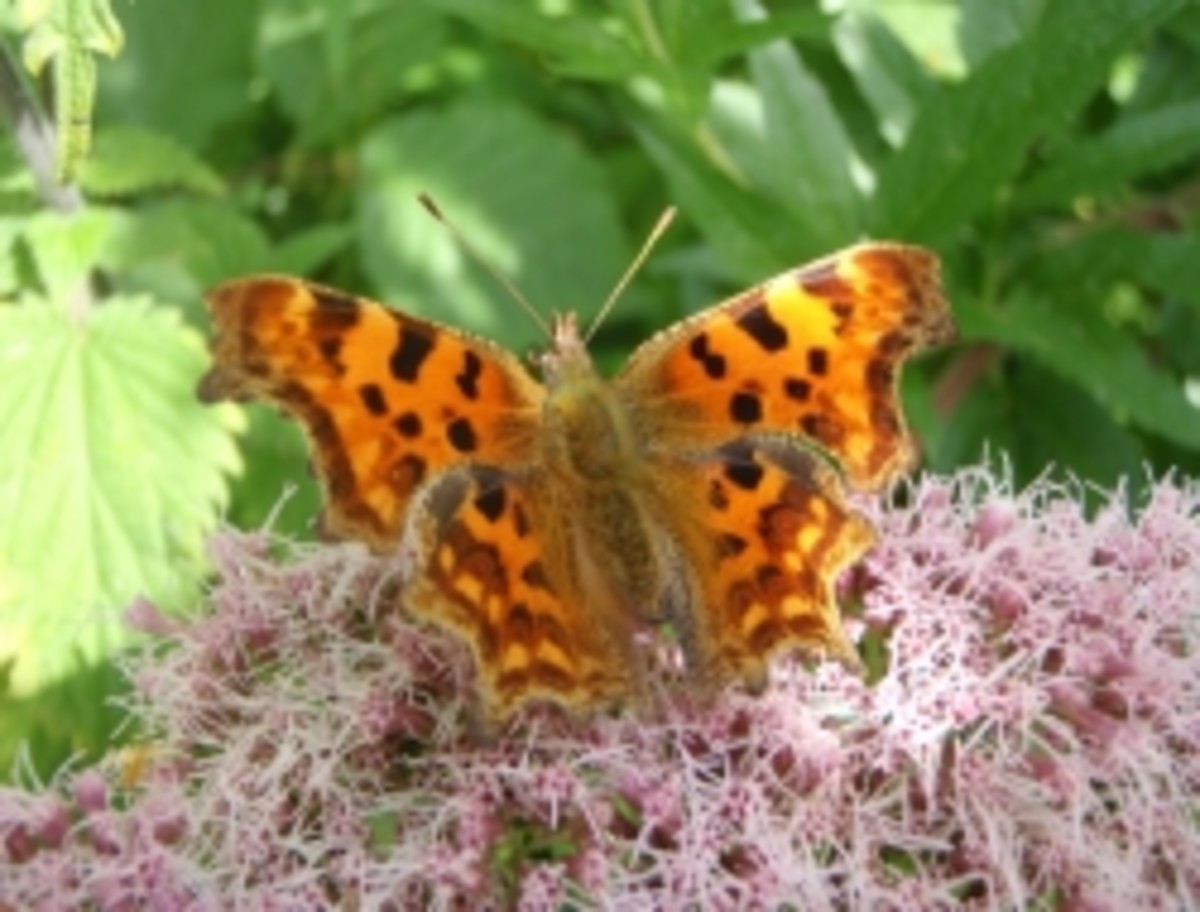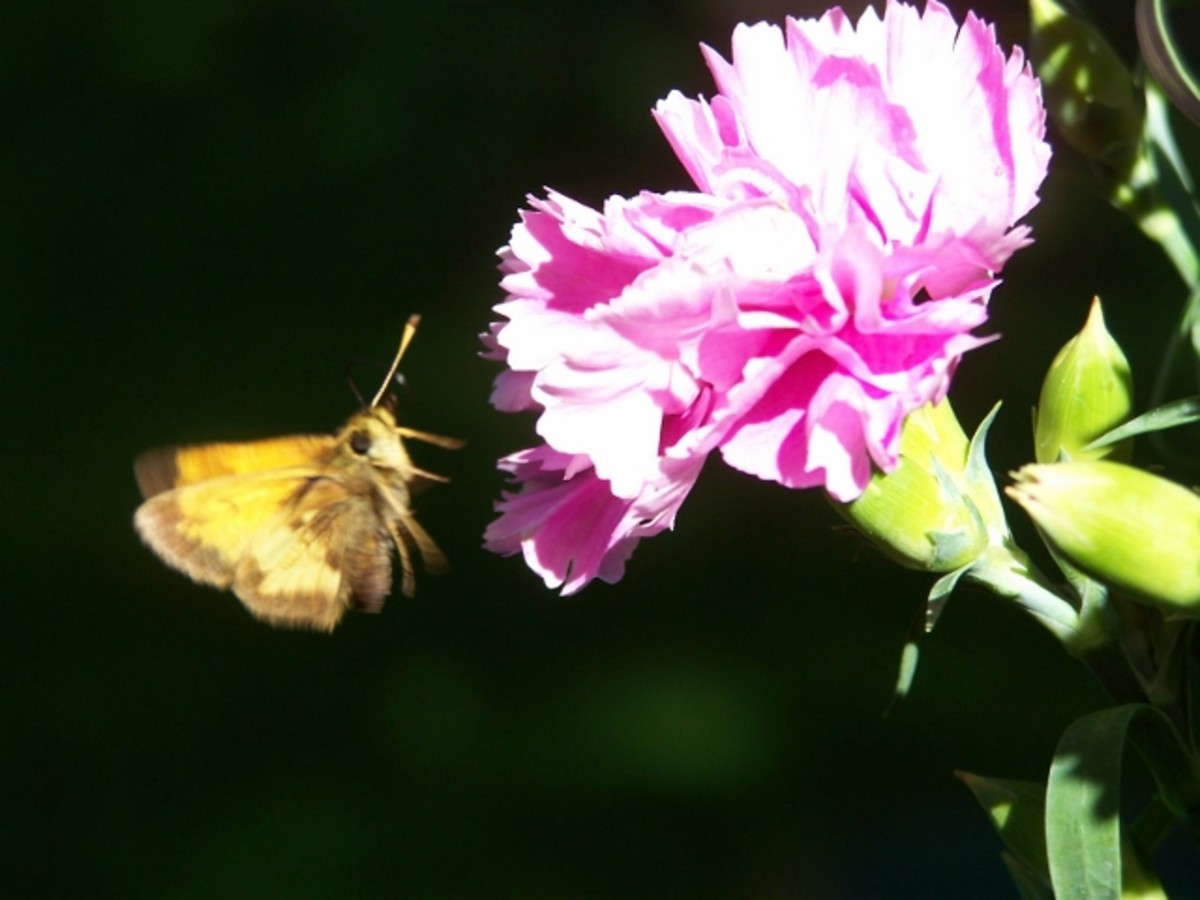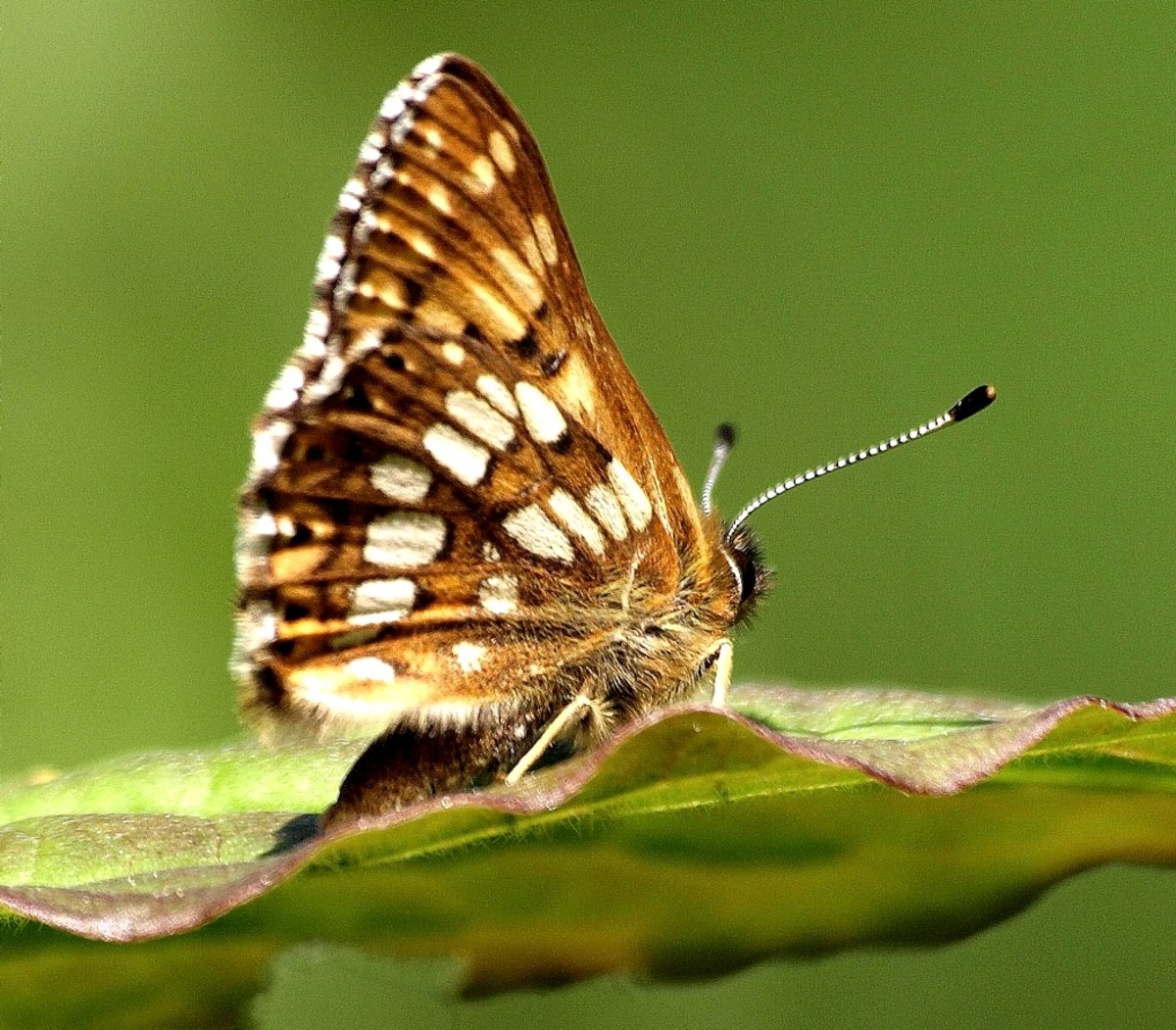- HubPages»
- Education and Science»
- Life Sciences»
- Entomology»
- Insects & Bugs
Where Have All The Butterflies Gone
Chrysalises Of The Monach Butterfly
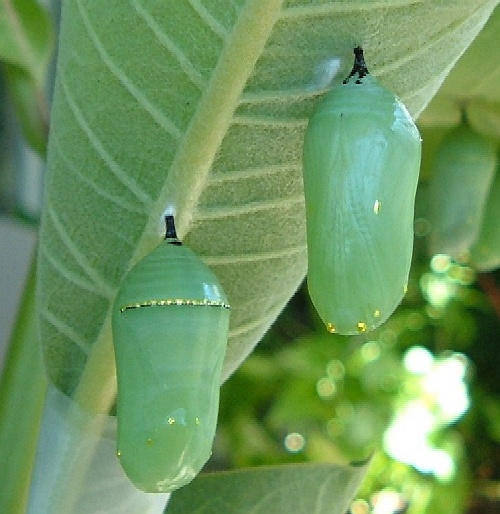
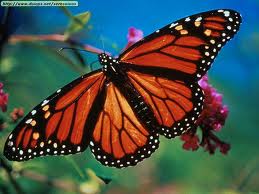
Migrating Butterflies
When I was growing up, our summer garden was always full of butterflies. We could watch them but were never allowed to chase them. We were, however, taught how to pick them up gently. I now know that touching butterflies is unwise, as doing so moves the protective scales, that help keep them warm and protect them from infection.
Now butterfly populations are declining due to destruction of habitat and use of toxic herbicides and pesticides. Their larva are often considered sufficiently destructive to warrant annihilation by farmers. Another threat to butterfly populations is genetically modified plants such as BT corn, which contains the genetic material of a bacterium toxic to insects. Migrating butterflies may be killed if they land in a field of BT corn and consume the vegetation during their migration south.
How my parents managed to maintain a gorgeous flower garden and productive vegetable garden, if butterflies are so destructive, I do not know. I suspect is was due to their belief that soapy water was an adequate defense, and that all living things have a role to play in this world.
See how to recognize butterfly larvae for more info on what they look like so that you can avoid killing them.
My favorite butterfly has always been the Monarch. We lived near a river, on the banks of which grew dense patches of milkweed, the favorite habitat of Monarch butterflies. Here they fed, laid their eggs, and eventually left, drawn by whatever rules the lives of butterflies, to head again for their southern wintering grounds. Some would make it, others would not. In either destination, or along the way, the life of the Monarch will end. It will have lain its last eggs, which will hatch and hopefully survive to carry on the species.
Some butterflies eat, others do not and must live on the food energy stored in their bodies as they develop The Monarch butterfly larvae eats from the milkweed plant. To all others, the milkweed is poisonous, and by ingesting the milkweed, the larvae becomes inedible to other insects and birds. Butterfly larvae eat voraciously, growing and shedding their skin several times in the process. Mature Monarch also ingest flower nectar, and the liquids from fruit, both of which drew them from the riverbanks to our garden.
Some butterflies, usually those that do not eat, survive only long enough to reproduce. Others may live up to about six months.
Although numerous butterflies, migrate short distances, The Monarch is truly the king of the migrating butterflies, traveling over two thousand miles, from north to winter in the south and then north again in the spring. Monarchs spending summer in Canada, migrate south, from western Canada to southern California, and from eastern Canada to Mexico. About a dozen species of butterflies migrate include the Red Admiral, the Painted Lady, and the American Lady.
Why butterflies migrate is not fully understood. Obviously some are fleeing the cold. Others may be moving on to a preferred food source. It is thought that others migrate when populations grow to large to be sustained in their present location. There may be other reasons we have yet to learn. Some things are best left a mystery.
Once a butterfly egg hatches, the larva begins to eat. When the larva is mature it will start the process of metamorphosis. First it stops eating, and, once the stomach is empty, it finds an appropriate location to pupate. This may be inside a rolled up leaf, or underground. The Monarch attaches itself upside down by means of a thread of silk. It then starts building its chrysalis, spinning the thread around and around itself until finally the head is enclosed. The chrysalis of the Monarch butterfly is a beautiful jade green with gold pearl-like dots around the circumference near the top and dotting the bottom (see picture above). Here chemicals inside the pupa begin the miraculous change from larva to butterfly.
In about eight or nine days, the chrysalis loses its jade green color and we begin to see the distinctive colors of the Monarch. On or around the tenth day, the cocoon splits and the monarch emerges. It crawls with wings crumpled to the nearest branch where it slowly begins to wave its wings until they dry and unfurl to their full glory.
Beauty has an important place in this world. If you want to help preserve the Monarch Butterfly and all the others, follow these simple measures. Avoid using toxic herbicides, and pesticides. Speak out if you feel spraying is being done on or near your property without your permission. Plant your garden with species native to your area. Leave part of your garden wild. This will help the survival of all native species. Take part in conservation projects. Teach your children about all wildlife, and why it is our duty to protect it.
See below for butterfly garden seed kits.

